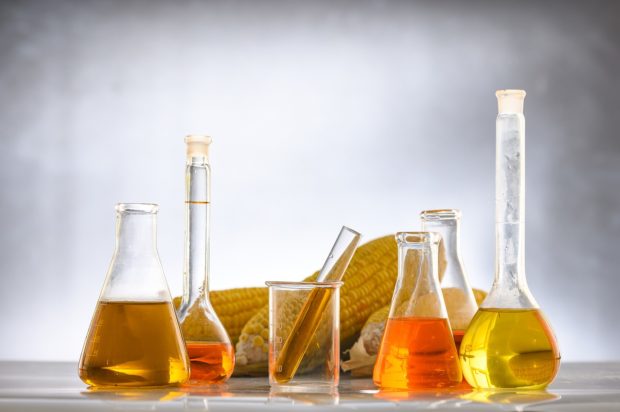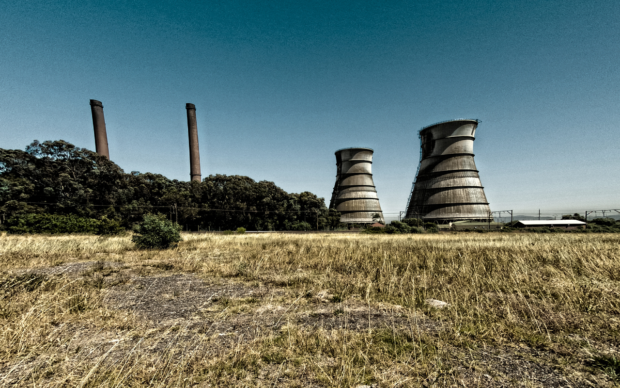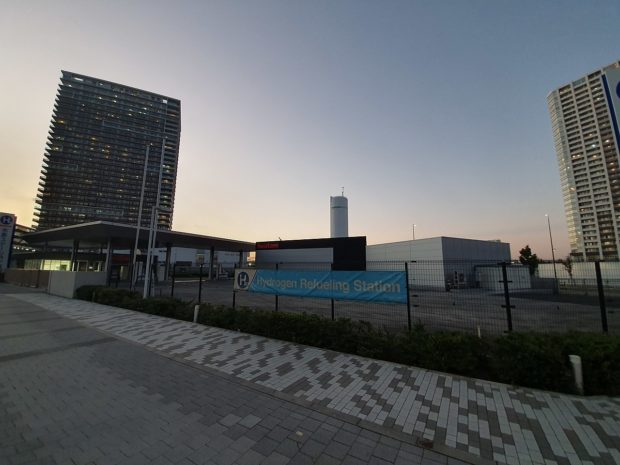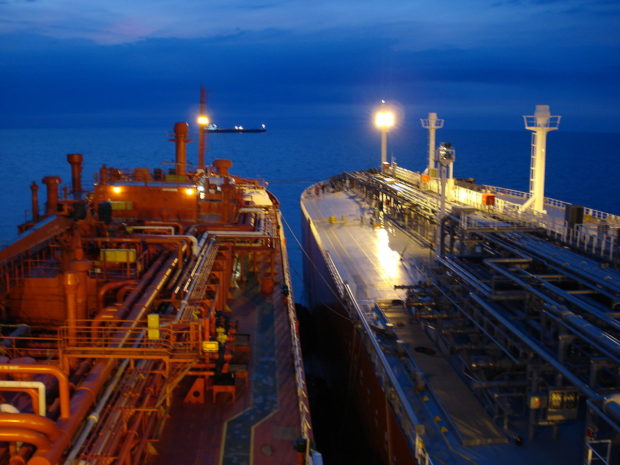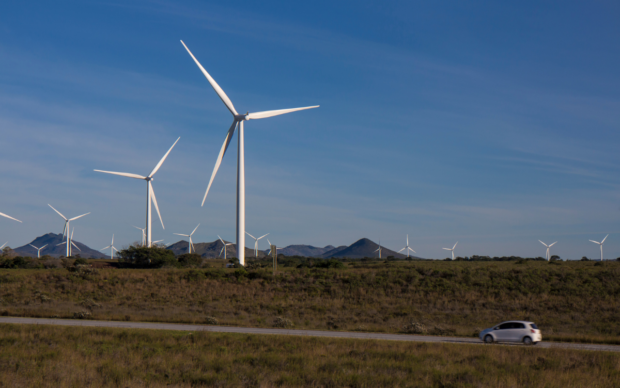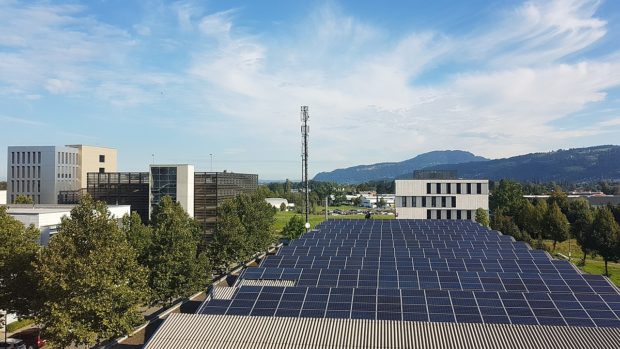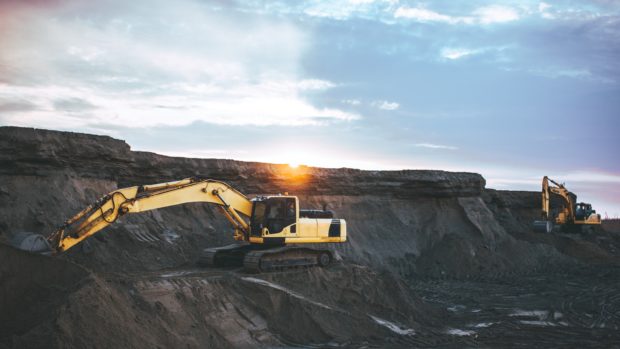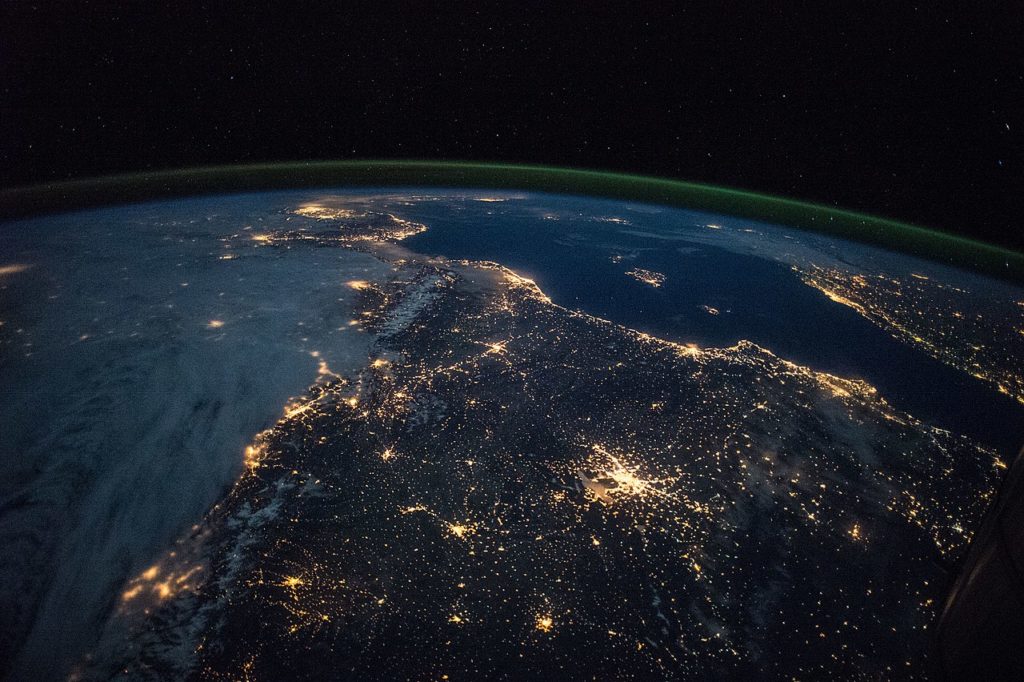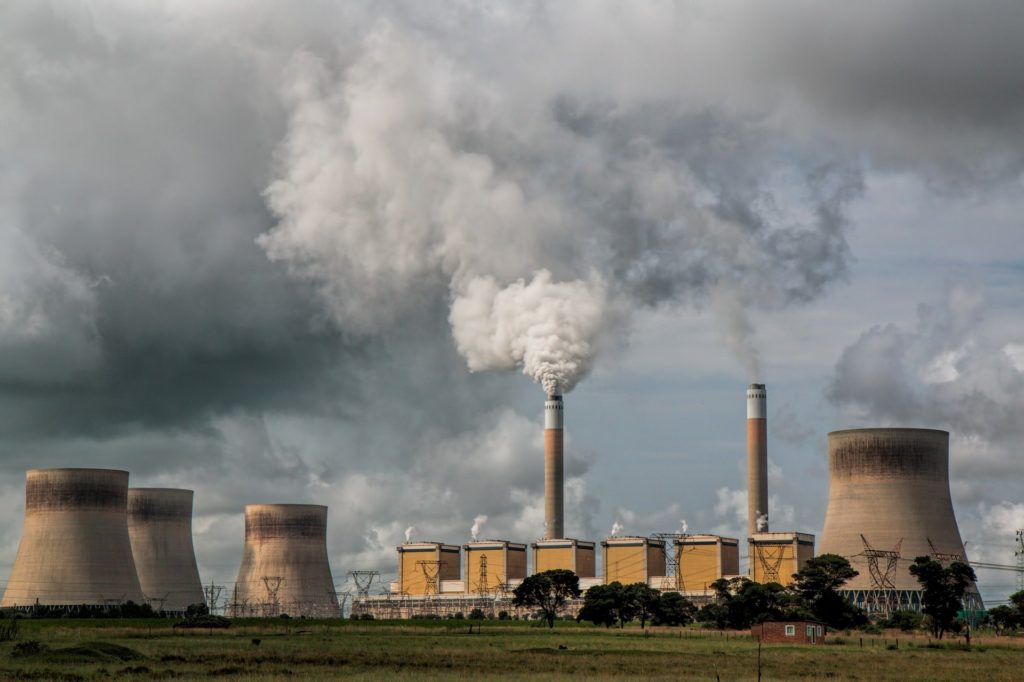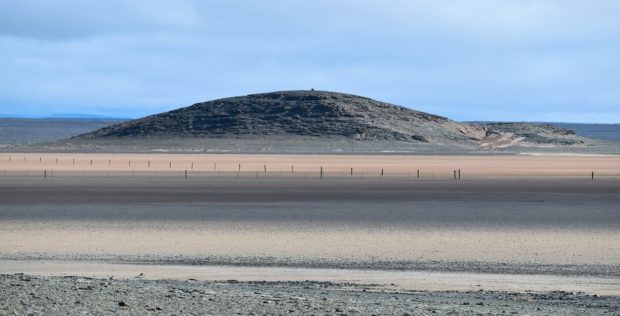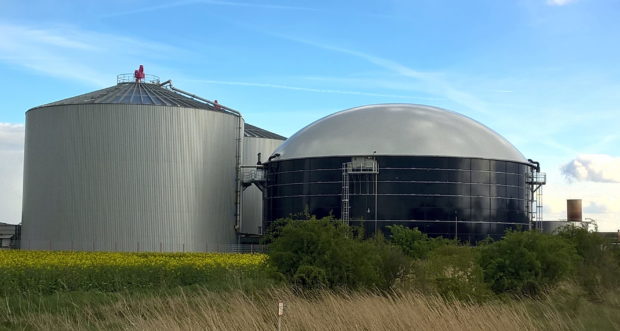Author: Sarah Evans
Transportation has a significant impact on climate change, and biofuel could be one of the solutions.
South Africa’s Low Emission Development Strategy 2050 is the country’s most recent emissions reductions plan.
Like many countries worldwide, South Africa has committed to reaching net zero by 2050. To achieve this, the country will need to invest heavily in renewables, including wind energy.
A fuel cell uses chemical energy from fuels, like hydrogen, propane or diesel, to produce electricity. Fuel cells can use a wide range of fuels and have a wide range of applications.
Hydrogen is a fuel source that is a possible alternative to fossil fuels. It can be used in fuel cells and to create heat, and its only by-product is water, meaning it does not release any greenhouse gases when burned.
Hydrogen is gaining international attention as a potential green alternative to fossil fuels. This is because hydrogen can be “green” when produced using renewable sources.
Liquefied petroleum gas (LPG) is the gaseous form of two kinds of natural gases: butane and propane. It can also be a mix of the two gases. Butane and propane are similar but have different properties, making them suitable for different things.
A wind turbine works by harnessing the power of the wind to create wind energy. The wind turns large blades around a rotor. This, in turn, powers a generator, which creates electricity.
Solar power is a clean, renewable source of energy that does not emit greenhouse gases. Photovoltaic technology (PV) is a type of solar energy.
A carbon tax is a fee paid to the government by carbon dioxide (or carbon dioxide equivalent) emitters for every tonne of carbon emitted.
South Africa is a coal-dependent country. Coal makes up 74 per cent of the country’s total electricity supply. In the first quarter of 2021, 81.8 per cent of South Africa’s electricity came from coal.
Greenhouse gases are gases that trap heat in the atmosphere. This can be any gas that absorbs infrared radiation and contributes to the Earth’s warming or the greenhouse effect.
Load shedding happens when selected sections of South Africa’s electricity grid are shut down. In literal terms, Eskom, the country’s power utility, “sheds” a certain “load” – or amount – of electricity from the national grid.
Since 2006, the amount of gas in the atmosphere has increased, according to NASA. The oil and gas industry has caused the majority of methane gas emissions since 2006, NASA says.
Hydraulic fracturing, or fracking, is the process of drilling into the earth to inject rocks deep underground with water, chemicals or sand to reach oil or natural gas deposits.
Biogas is a renewable energy source produced when anaerobic bacteria break down organic materials. It is different from natural gas as natural gas is a fossil fuel, while biogas is a renewable energy source.

